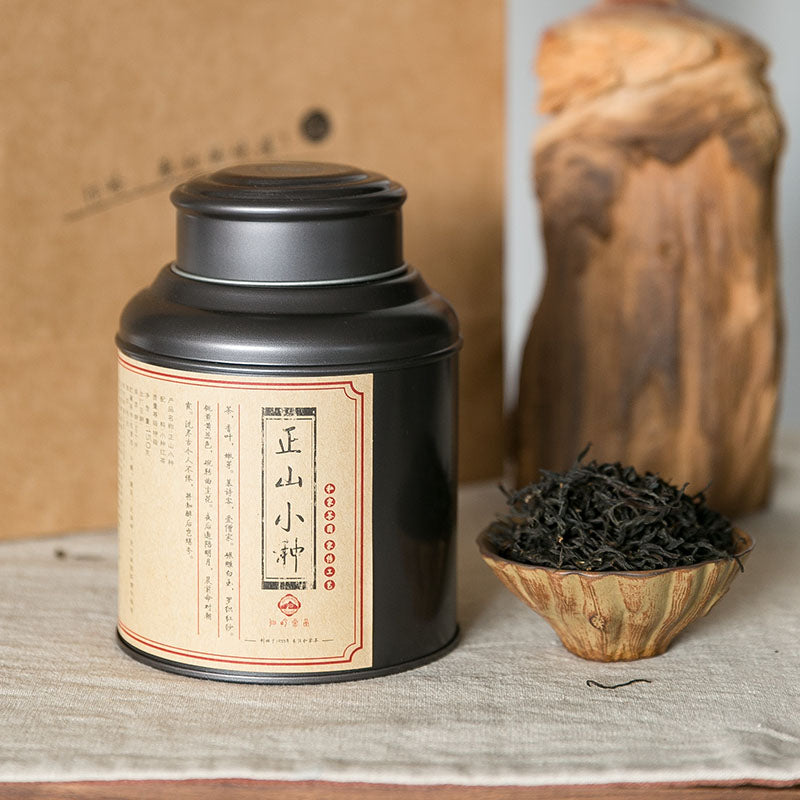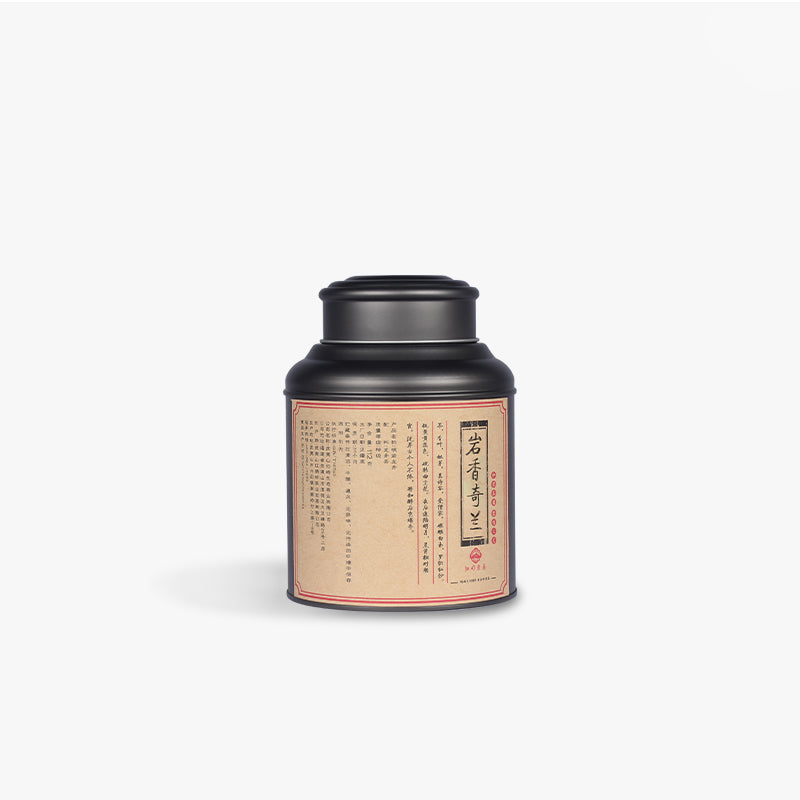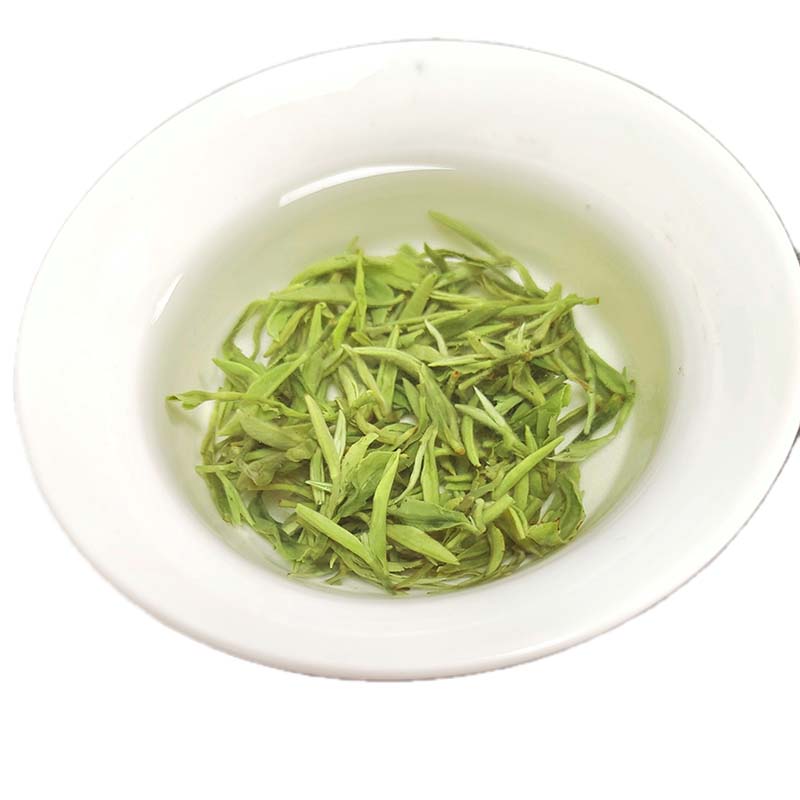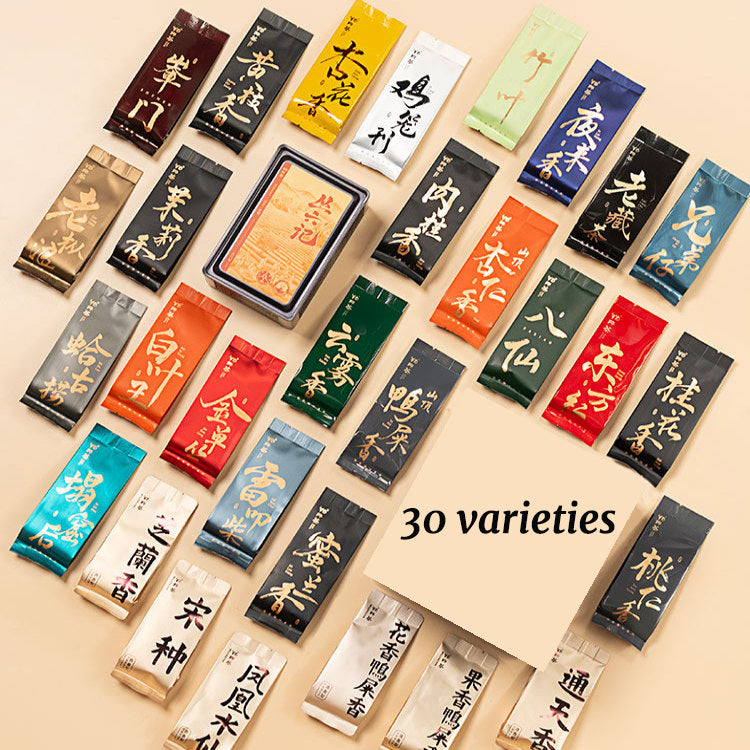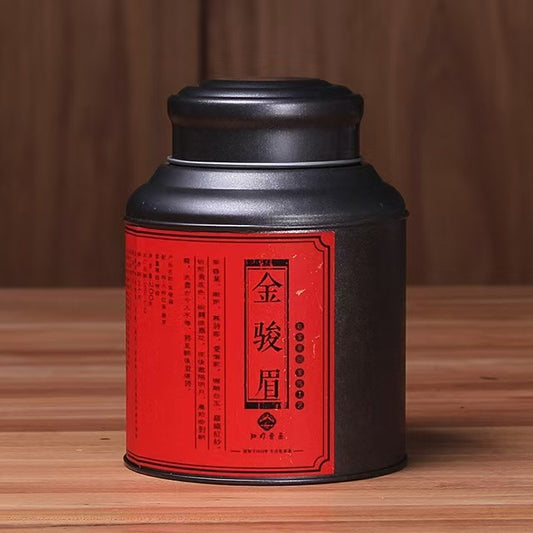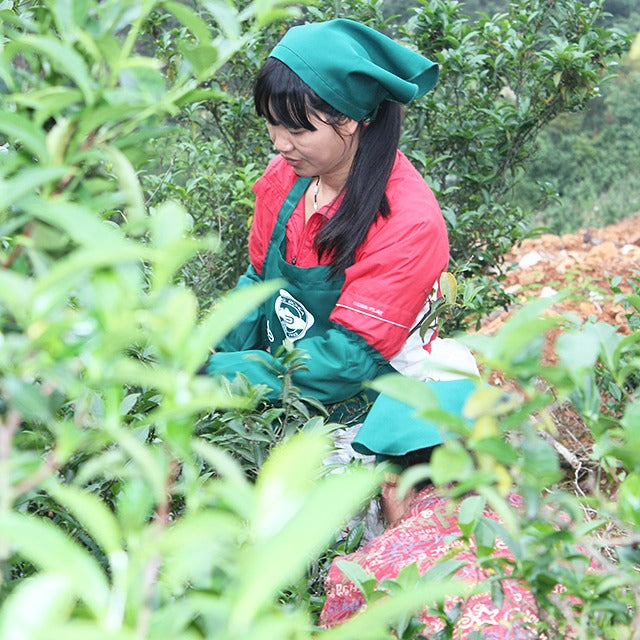Hojicha Brewing A Toast to Japanese Tea Tradition
Hojicha Brewing A Toast to Japanese Tea Tradition
When you first encounter hojicha, often you’re struck by its inviting, toasted aroma — a far cry from the grassy, vegetal notes usually associated with Japanese green teas. This roasted wonder hails from the early twentieth century, a relatively recent addition to the Japanese tea landscape, yet one rich in character and charm. Hojicha, with its warm and nutty embrace, offers a gentle entry into the diverse world of tea. Its unique profile stems not just from the leaves themselves, but from a distinctive roasting process that transforms them into something beautifully comforting.
Roasting brings forth hojicha’s signature color and aroma. Originally born in Kyoto, this technique was likely inspired by resourcefulness, with tea sellers roasting leftover bancha leaves to create a new product. Today, whether made from bancha, sencha, or kukicha (the stems), the roasting process reduces caffeine and tannins, resulting in a tea that’s smooth and mellow. For those who savor a cozy cup of tea in the afternoon or evening, hojicha becomes a delightful companion, its low caffeine content allowing for peaceful reflection without the jitters.
The art of brewing hojicha may seem straightforward, yet it offers its own nuances. Start with water that's slightly cooler than boiling — around 90 degrees Celsius (or 194 degrees Fahrenheit) — as the high roast can release a profound depth without the need for vigorous heat. Infuse the tea for about 30 seconds to a minute, observing how the water transforms into a warm, amber liquid. For those who enjoy experimenting, try a second infusion; you might find new, subtler flavors emerge, carrying whispering notes that went unnoticed in the first brew.
Comparing hojicha to its more famous cousin, matcha, reveals intriguing contrasts. Where matcha dazzles with its vibrant color and robust flavor, hojicha invites you to unwind, its muted earth tones fostering a different kind of serenity. Both reflect rich Japanese traditions, yet each engages the senses in distinct ways. It’s no wonder hojicha is becoming increasingly popular in the West, as people seek out not just the tea’s gentle flavor, but the calming ritual it offers.
Brewing hojicha at home is more than a simple act of preparation; it’s an embrace of a tea culture that values balance and transformation. As you cradle your cup and watch swirling steam rise, you’re part of a silent dialogue that transcends borders and eras. In this way, hojicha doesn’t just satisfy the palate — it tells a story, one of innovation and discovery, with each sip drawing you deeper into its warm embrace. There’s a gentle joy in this kind of tea, and in life’s quieter moments, it becomes a reminder to savor both tradition and time.

